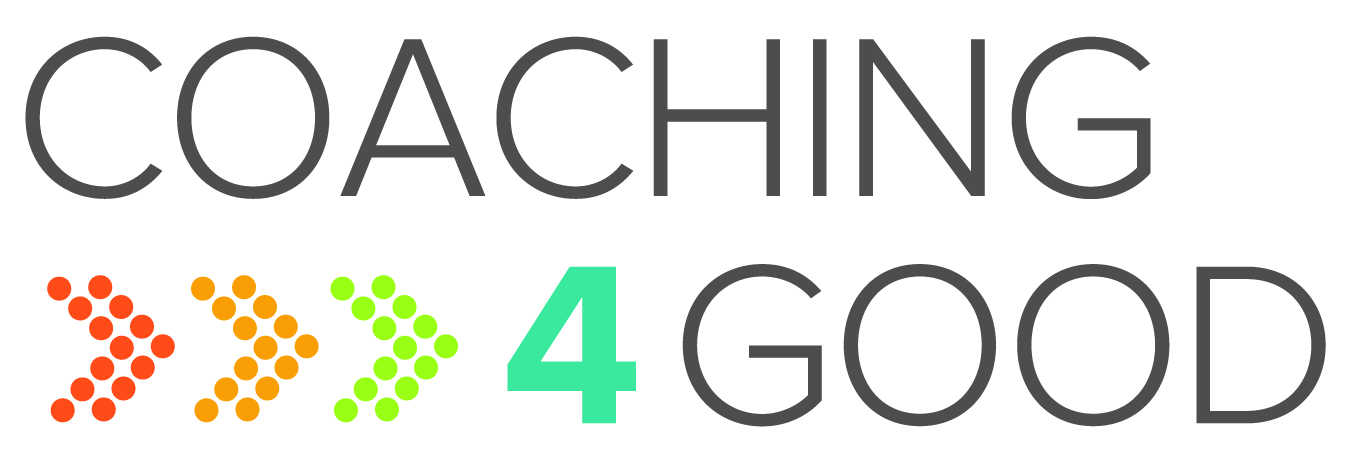“The perfect boss”, you say? There’s no such thing!
When we think of a “boss”, we think of someone who yells at you when you’re late, doesn’t solicit your opinions and isn’t very sensitive to your personal issues. Decades ago, this was the predominant management style.
Today, things are starting to change. We’ve realized that engaged employees are motivated and highly productive. People managers, now, need to be supportive, exhibit patience, give constructive feedback and make a genuine connection with his/her employees.
We often don’t use the word “boss” to describe that person. Rather, we say “leader”. So how can a boss make the transition to leader? To see how, just look at how Executive Coaching has changed over the years.
Brief history of Executive Coaching
In the beginning of my career as an Executive Coach, senior members of staff would be sent to coaching for “remedial” behaviors, what was derisively called “charm school”.
These were bosses that needed better communication skills. At that time, professional communication was called “soft skills” (and some call it that to this day!)
In the early 90s, the introduction of such people-centered models, such as Emotional Intelligence (EQ), changed the reputation of Executive Coaching and the desire for these services. EQ was one of the first models to respect how a leader was being, not only what they accomplished.
Today, Executive Coaching is a respected field in which bosses can learn more effective behaviors of a leader. People want to be treated with respect; not ordered around. Workers who are respected are invited into the conversation instead of just being given a task. This leads to workers who are significantly more engaged and, in turn, happier and more productive.
Similarly, my clients who are managers want to learn how to be more influential, authentic and inspiring. These leaders need and want to learn to “let go of control” and support people in doing their jobs. Some bosses are concerned that they might lose their “power” if they considered their people’s ideas and built relationships with them.
What the perfect boss looks like
Many of my Executive clients realize they need to be better leaders and have influence beyond their titles. Personally influential. They need to be self-aware and have the ability to read people, empathize and draw the best out of their people. I call this, the perfect boss.
A great example of a leader putting his trust in his employees comes from the CBS history of Ken Chenault, 17-year CEO of American Express. Here’s my own recent example of a blossoming client, I will call Phil, and his transition to the perfect boss… well, his journey there!
The not-so-perfect boss
When I first met Phil and he described why he was “sent” to Executive Coaching, I was shocked at the blame he focused on his direct reports for his problems. He was trying his best to “tell them” what they needed to do and he had nothing but resistance. This Senior VP was very clear and specific how reports and proposals and anything else should be done.
“Why can’t they get it?”, he barked!
Phil had no awareness of the fact that his behavior was provoking the resistance of his people. When they brought him a project that didn’t meet his expectations, he would ask “Why did you…” or “You should have…” They wanted to be independent thinkers, share their ideas, and contribute; not just be “worker bees”. His questions made them feel belittled. Even if he just said, “Ok, well, it would be better if…” his comments felt negative and critical.
I asked Phil if he ever asked his people, “what do you think?” or “what other options are there?” He seemed shocked that those types of questions could work to get a different outcome that suited him more! I recommended my favorite “text book” for communication, Smart Work: The Syntax Guide to Influence. The structure of communication in Smart Work aligns with Emotional Intelligence. The approach for professional communicators is that the meaning of your communication is the response you get or the effect it has. This means you may no longer blame others, when your communication doesn’t get you the outcome you wanted. You must be more creative and flexible.
Over the next few sessions, Phil devoured the book. We made a plan that he would write down what new behaviors and questions he tried, what worked and what didn’t seem to work when dealing with one of his more “difficult” and “grumpy” reports, in particular. Phil was diligent and candid in reporting his work, even when he wasn’t as successful as he would like. He still “unlearned and learned.”
Change your connection to your people
The truth is that sometimes people are “difficult” and “grumpy” but you can’t change them. You can only change your approach and see what happens to move toward your goals. What surprised Phil the most is that if he doesn’t get caught up in the “attitude” and keeps his eye on the goal, asking useful, not blaming questions, his employees started to change! One employee said, “Wow! We never expected this result from Phil!”
He feels the difference between his “boss self” and his leader behaviors now. He’s striving to be the perfect boss – that leader who is capable of so much more. And his grumpy employee is bringing initiative to his projects, while Phil is accepting his ideas often and they have conversations that move toward their mutual goals. That’s how you get work done—through people! Bosses don’t think that way… but leaders do.
Diane Dean
Diane believes everyone can learn; it’s just a matter of how. She also knows each of us has the internal resources to pursue and reach our desired outcomes. Assisting clients to discover their strengths and hidden resources along with building confidence and courage is Diane’s goal with each person she works with.









Stay In Touch